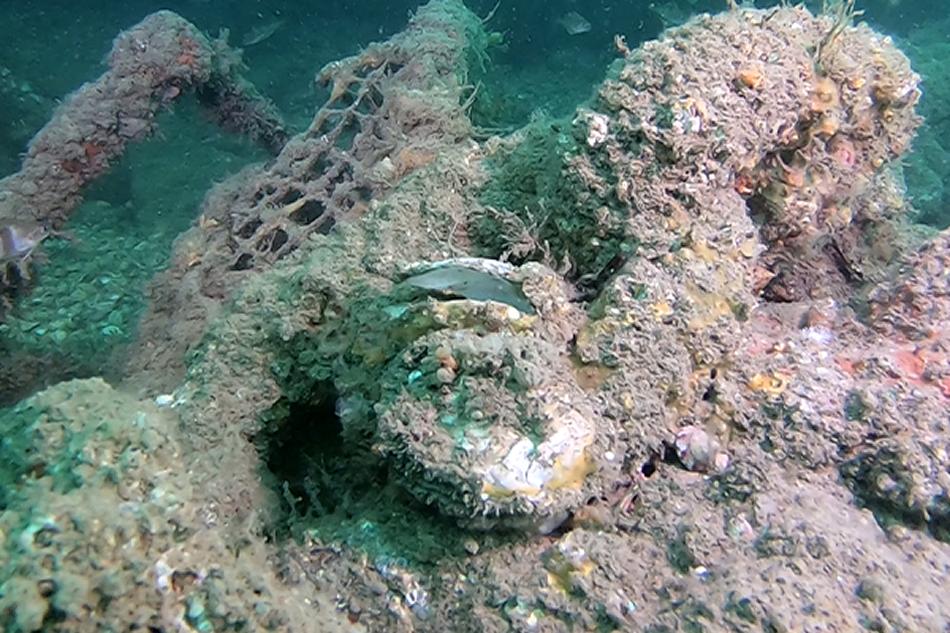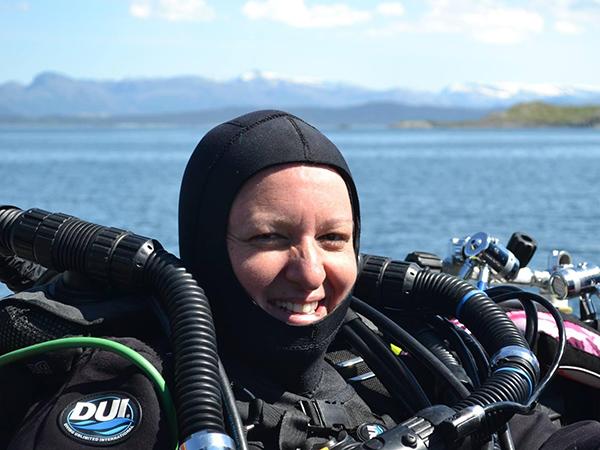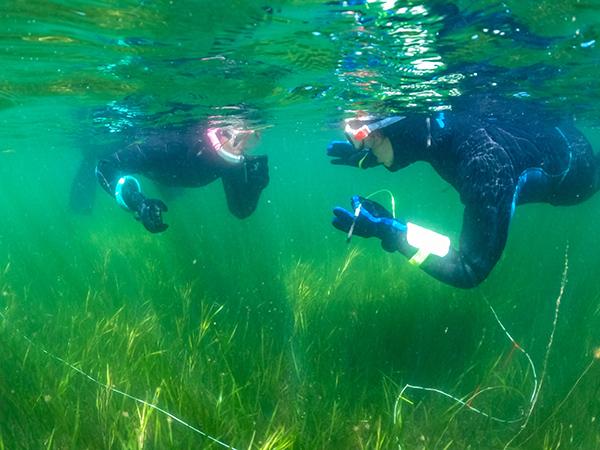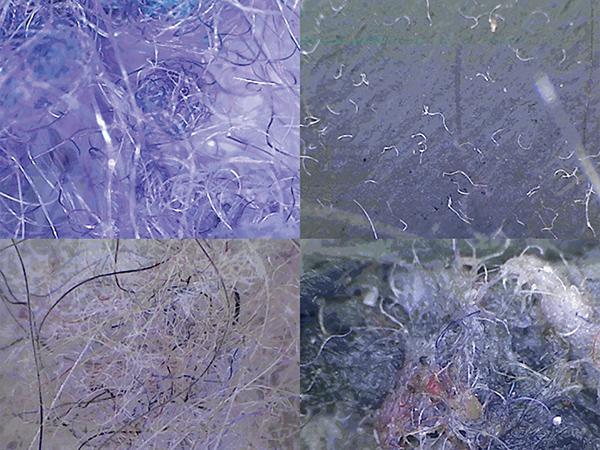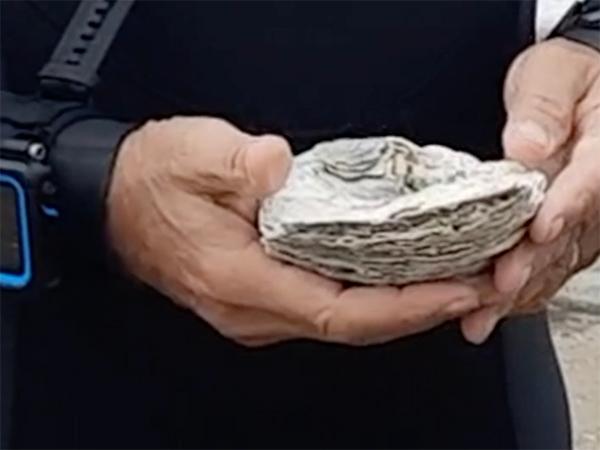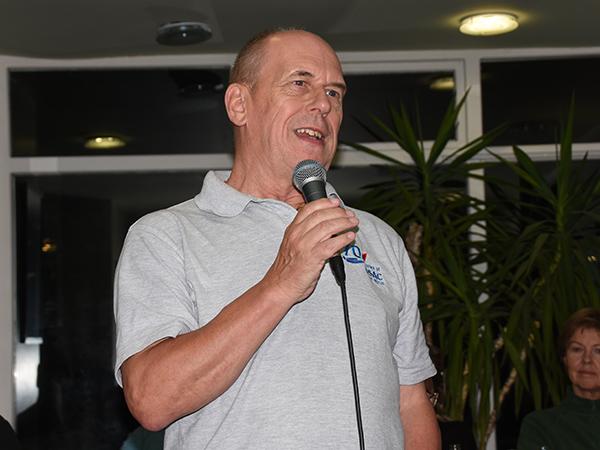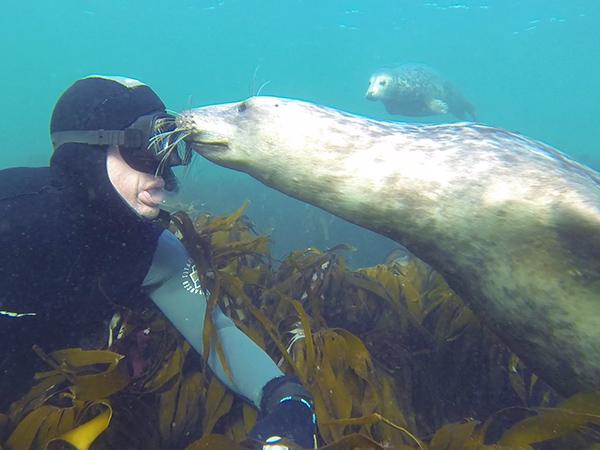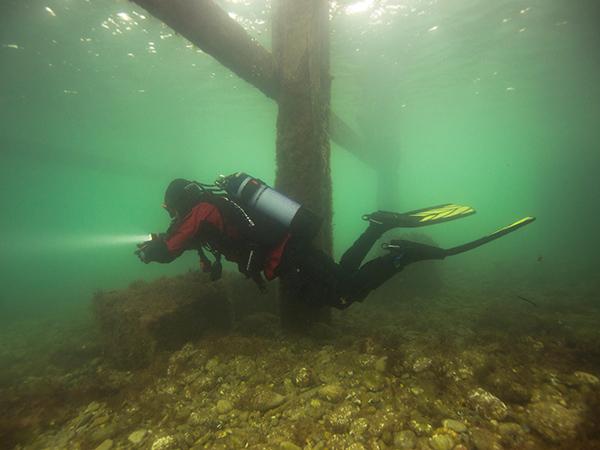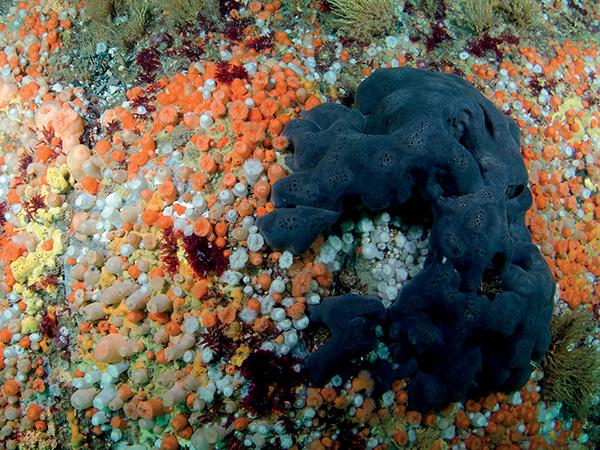BSAC’s expedition officer, Andy Hunt, explains how Operation Oyster came about and why we need to work together to save the endangered Ostrea edulis.
Just before a global pandemic was declared on 11 March 2019 and shortly before lockdown V1.0, I read a newsfeed item from BSAC entitled BSAC supports Zoological Society London’s native oyster quest.
It informed me that there has been a 95% decline in the population of the native Oyster Ostrea edilus over the past 200 years due to a variety of effects: historic overfishing (in the 1800s in particular), habitat loss, pollution and the introduction of diseases.
The briefing caught my interest because, as a professional engineer interested in seabed restoration, it started with a problem definition – essentially the seabed doesn’t need conserving but rather needs restoring. As an engineer, my job is about solving problems.
The press release included a quote from the Zoological Society London’s Senior Conservation Programme Manager, Alison Debney:
Throughout our restoration work, one of the barriers we’ve come up against is not having images of native oysters in the wild. Trying to explain the importance of a species to people when they’re only ever framed as a seafood dish can be a struggle.
Oysters provide enormous benefits in the form of ecosystem services; nurseries for wildlife, clean water and in abundance, removal of carbon from our environment into their shell to name a few. Whether you’re a diver, photographer, fisher or simply live near a coast – we need your help. The native oyster is a forgotten British treasure that needs the public’s support during this long road to recovery.
Now that I live down South next to the Solent, I couldn’t help but be attracted to the fact that being filter feeders, oysters also clean the water. What would the water quality be like if oysters were back to full strength? I couldn’t help but wonder that if an adult-sized oyster can filter up to 200 litres of water per day, how many would be required to turn the Solent gin-clear; I concluded an awful lot more than what is currently on the seabed!
After reading about ZSL’s Native Oyster Quest photo competition, I was now on a mission to find and photograph oysters in conditions that are rarely gin clear.
Oysters can form amazingly large reef structures but there are no known examples of these reefs left in the UK. They disappeared long ago, and we certainly didn’t make any fantastic scientific discoveries to the contrary. They are also usually quite hard to spot, blending much better with their surroundings than say a scallop, which is also a rare find on dives around the Isle of Wight.
Once lockdown eased and shore diving was back on, the hunt for oysters became an aim of each of the dives and as we spotted more of them, my eyes and those of my buddies became tuned in to what we were looking for.
Initially, we started finding them under local piers in amongst eelgrass in particular, but also clinging on to pier legs and other hard substrates. We did find what could just about be classified as an oyster bed (>5 oysters per square metre) but most of the time, we found them in small clumps and reasonable widely spaced, and quite often covered in sponge making them even harder to find.
We looked up from the seabed and started to spot them on vertical walls, on and inside wrecks, sometimes hanging upside down away from their usual predators (starfish, crabs, seabirds and humans!)
Before long, contact was made with a fellow BSAC diver and professor at Southampton University, who in turn put me in contact with Dr Luke Helmer, a researcher on the Solent Oyster Restoration Project (SORP), run by the Blue Marine Foundation.
Normal branch reef and wreck dives suddenly took on an added element of a science project. Indeed, shipwrecks could be suitable to use as locations for helping restore the population of oysters in the future, but more scientific research is needed to back this up.
This is why BSAC has launched Operation Oyster.
We hope to help continue the research for Oestrea edulis, particularly with regard to their location on shipwrecks and reefs but also on shore dives and indeed walks on the beach. The aim is to gather useful data for the scientific community as input for their work to determine how best to restore native oyster populations.
Now, I had to look at the annuls of club history back to 1967 (before I was born!) for an example of a similar undertaking by the organisation and that was Operation Kelp organised by the late Dr David Bellamy back in 1967 who used kelp to monitor pollution levels in the North Sea. So, I finish with a call for expressions of interest from individuals and clubs.
Oestrea edulis needs you!
Find out how you and your club can sign up for Operation Oyster

